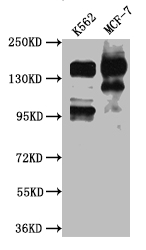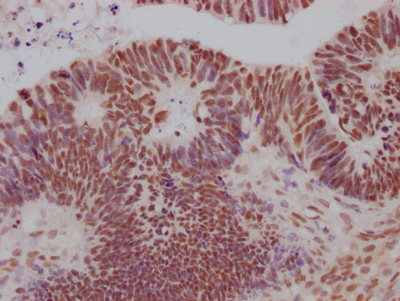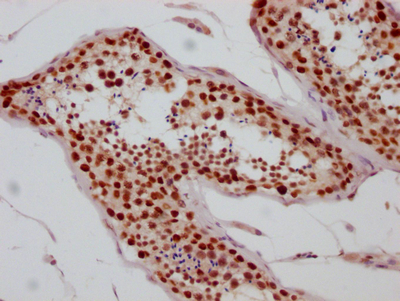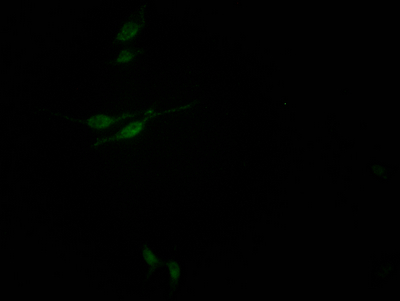The SIN3A recombinant monoclonal antibody has been tested in ELISA, WB, IHC, and IF applications for the reactivity with human SIN3A protein. Its production includes the synthesis of the SIN3A monoclonal antibody gene, construction of the SIN3A monoclonal antibody gene-carrying vector, and transfection of the recombinant vector into cells for culture. A synthesized peptide derived from human SIN3A is used as the immunogen during the SIN3A monoclonal antibody generation. The resulting SIN3A recombinant monoclonal antibody is purified using affinity chromatography from the cell culture supernatant.
The SIN3A protein is a transcriptional regulator that plays a role in gene silencing, gene activation, and DNA repair. In addition to its role in gene regulation, SIN3A has been implicated in various cellular processes, such as DNA replication, chromatin structure maintenance, and cell cycle progression. It is also involved in the development of different tissues and organs, including the nervous system, heart, and muscle. Dysfunction of the SIN3A protein has been associated with several diseases, including cancer, neurodevelopmental disorders, and cardiovascular diseases.









